Limitations of the Current Inspection Methods
Both solar and wind farms are playing a pivotal role in the global shift towards renewable energy as we move away from dependence on fossil fuels. However, as these installations continue to expand, it has become more challenging to conduct the timely and thorough inspections necessary. Thus far, manual inspections have been the predominant methodology for maintenance. Unfortunately, this methodology has many shortcomings.
Manual inspections are time-consuming and arduous. Inspecting each panel or turbine individually leads to limited coverage, infrequent assessments and allows for a higher chance of human error. These inspections may fail to identify underlying issues that the human eye would miss. Safety and weather conditions also pose higher risk for technicians tasked with inspections, often times delaying the procedures and potentially exasperating problems. Further, manual inspections can become expensive having to contract trained personnel and account for travel and equipment expenses. Lastly, the collection and analysis of manually collected data can be labor-intensive and lead to human error, making insightful decision making difficult.
Introduction of Fixed Thermal and Optical Cameras
Introducing the use of fixed thermal and optical cameras provides a promising solution to the limitations that manual inspections put forth. The fixed camera systems provide stationary, thermal and optical imagery of the critical infrastructure for 24/7 monitoring with comprehensive coverage.
Fixed cameras have a great many advantages over the traditional manual inspections performed today. They introduce automation and remote monitoring, allowing 24/7 monitoring and capturing real-time imagery and data, enabling proactive identification of potential issues and anomalies. Automatic alerts can be set up to notify operators when issues arise. Remote access eliminates the need for physical visits and increases efficiency as technicians can access the streams remotely. These features also mitigate the risk of occupational hazards and eliminate the factor of adverse weather affecting inspections. Fixed camera systems offer cost-effectiveness due to their minimal ongoing costs – offsetting the initial investment for installation. Lastly, the streamlined data collection, management and analysis processes captures consistent imagery, reducing inconsistencies and errors. This, and the integration of AI technology, enables advanced data analysis and more informed decision-making.
For more detailed information regarding fixed camera systems and their implementation within the renewable energy sector, specifically in solar farms, feel free to read this whitepaper: Limitations. Current Solar Farm and Solar Array Inspections.
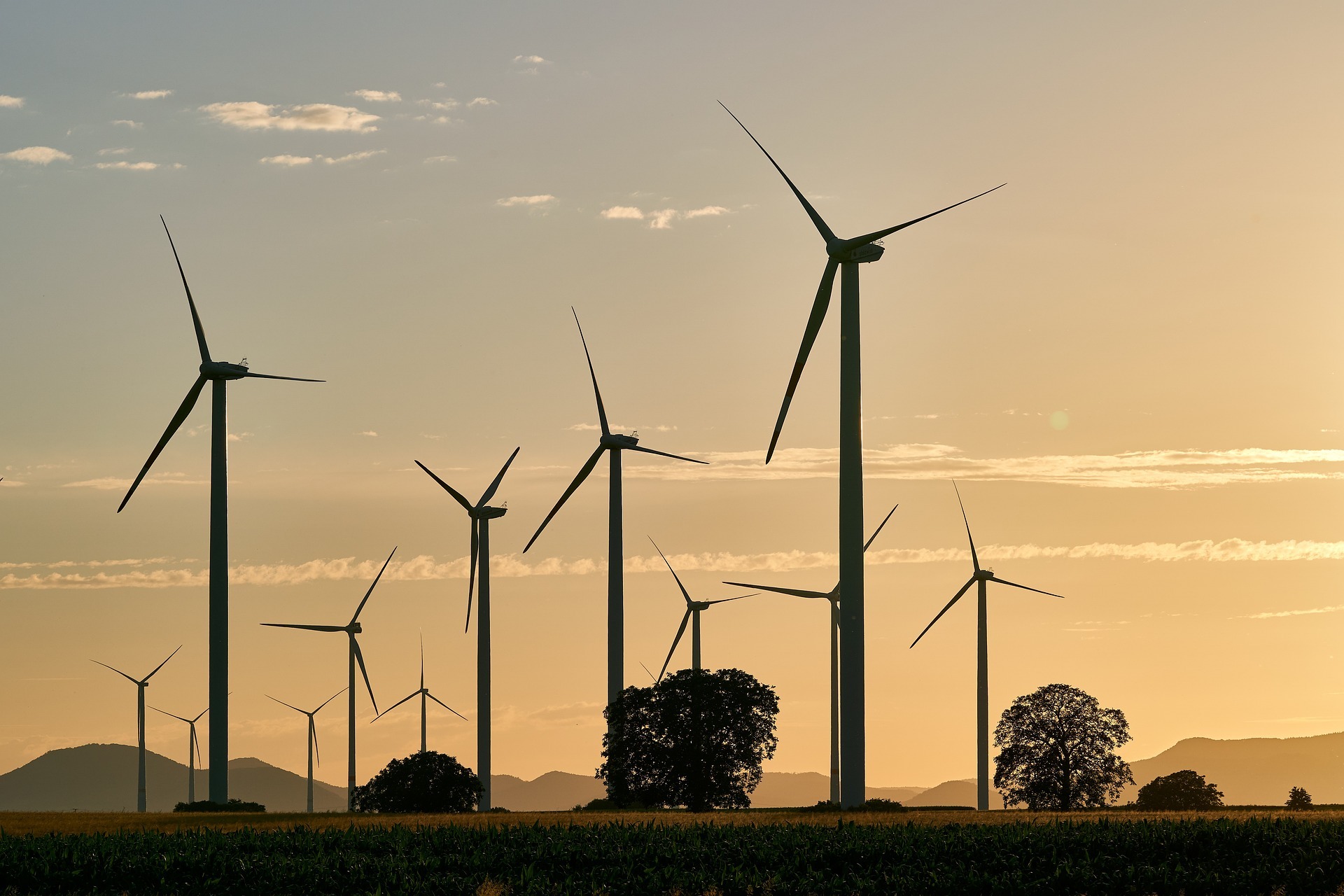
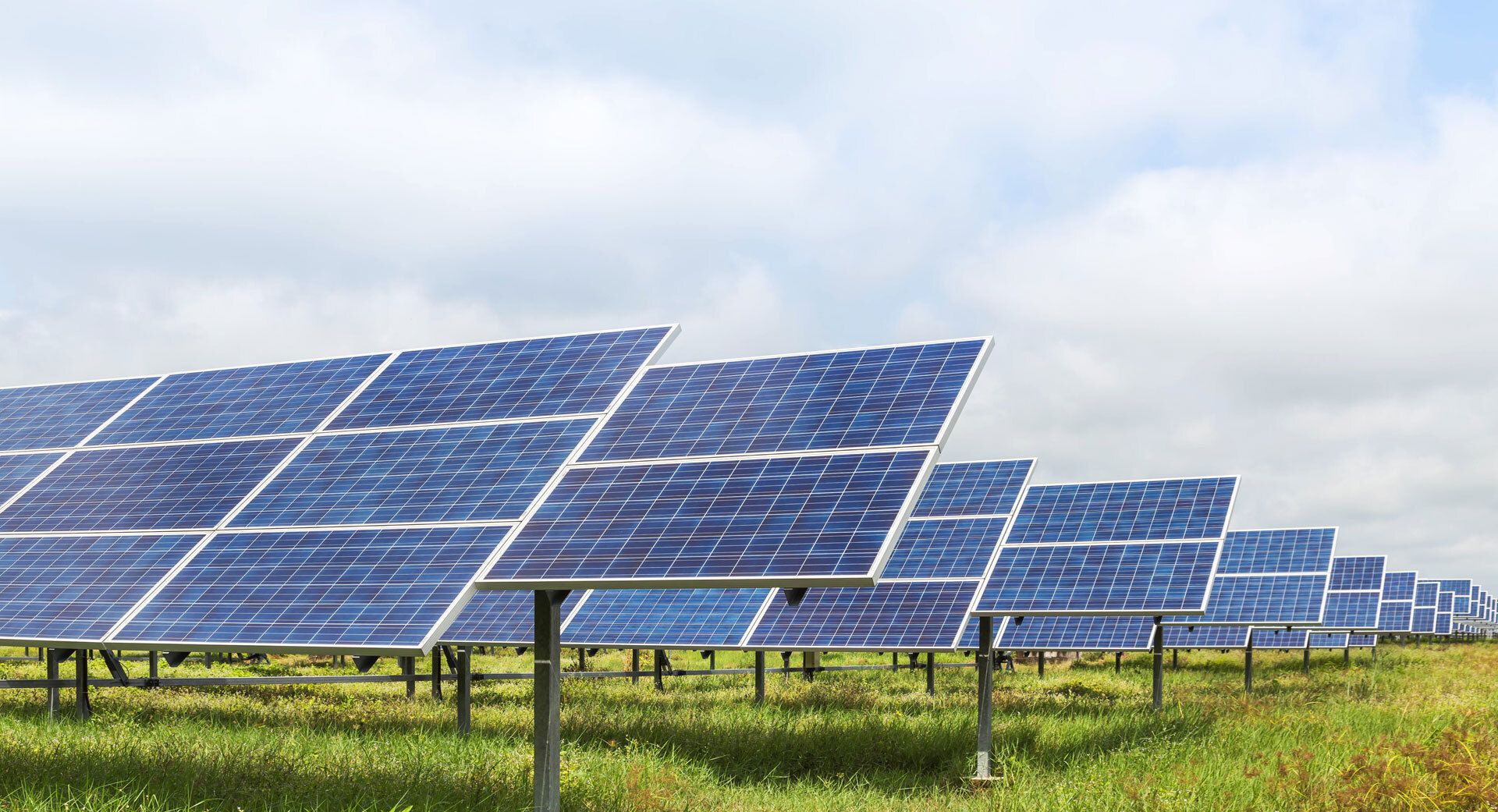
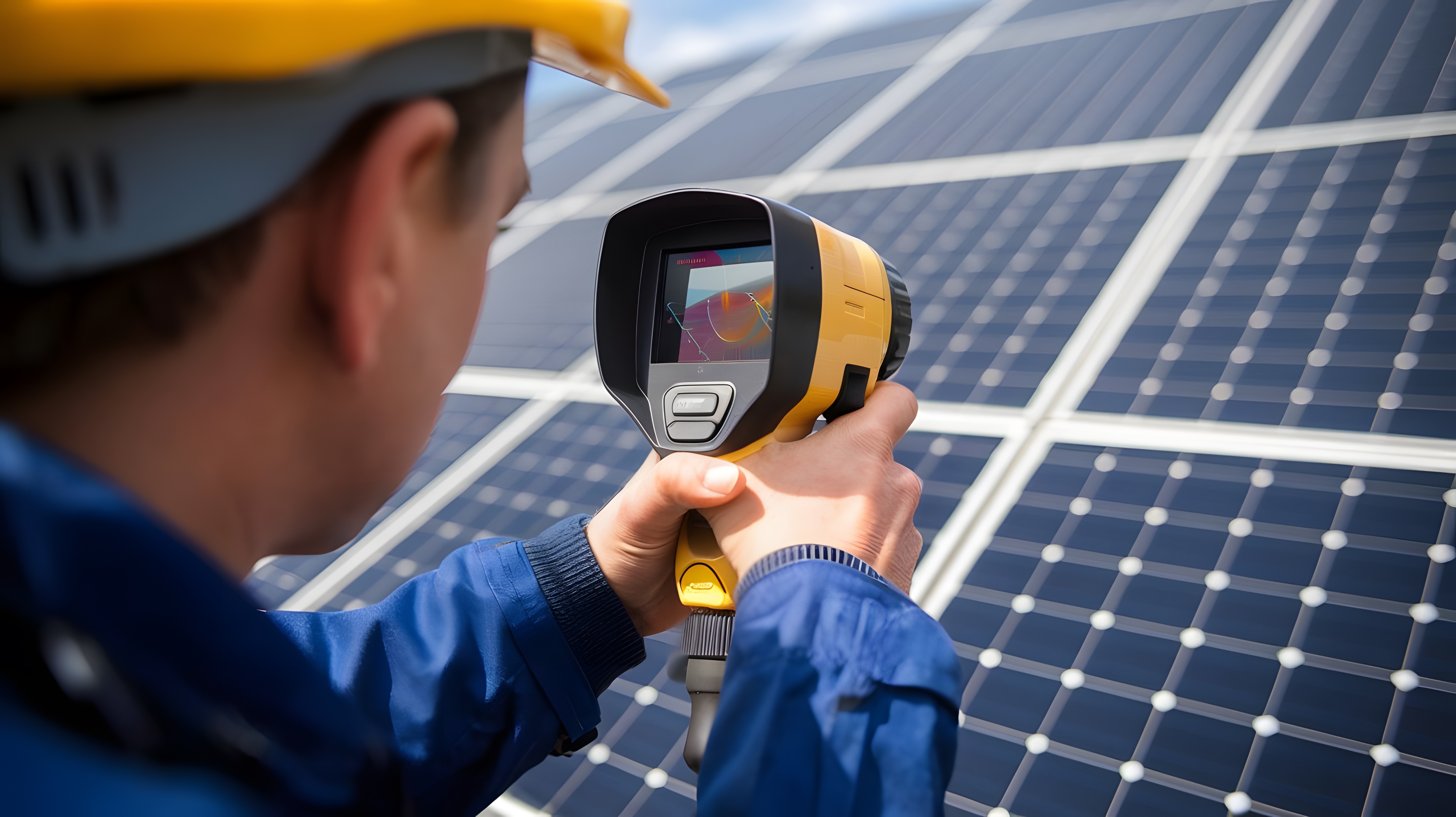
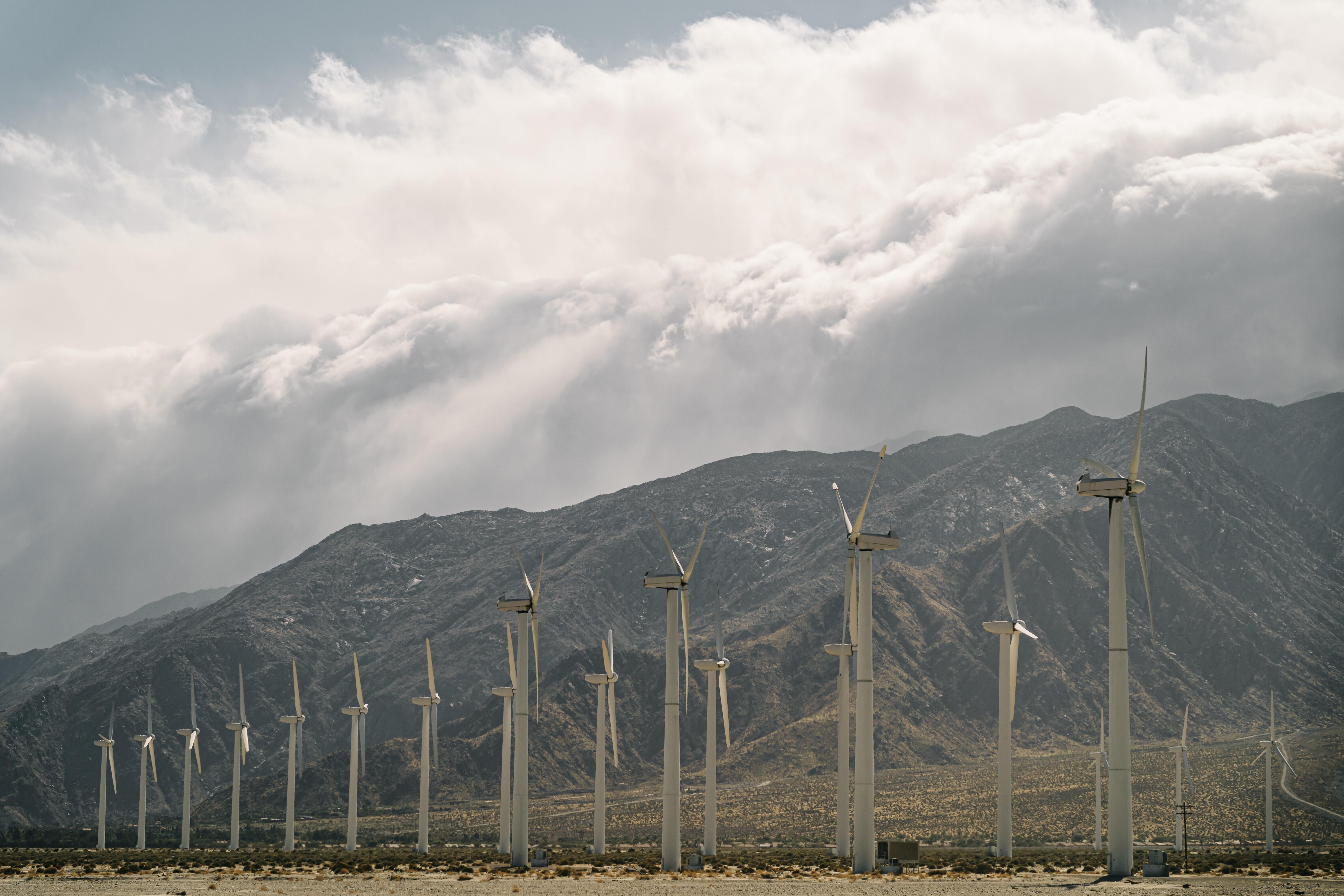
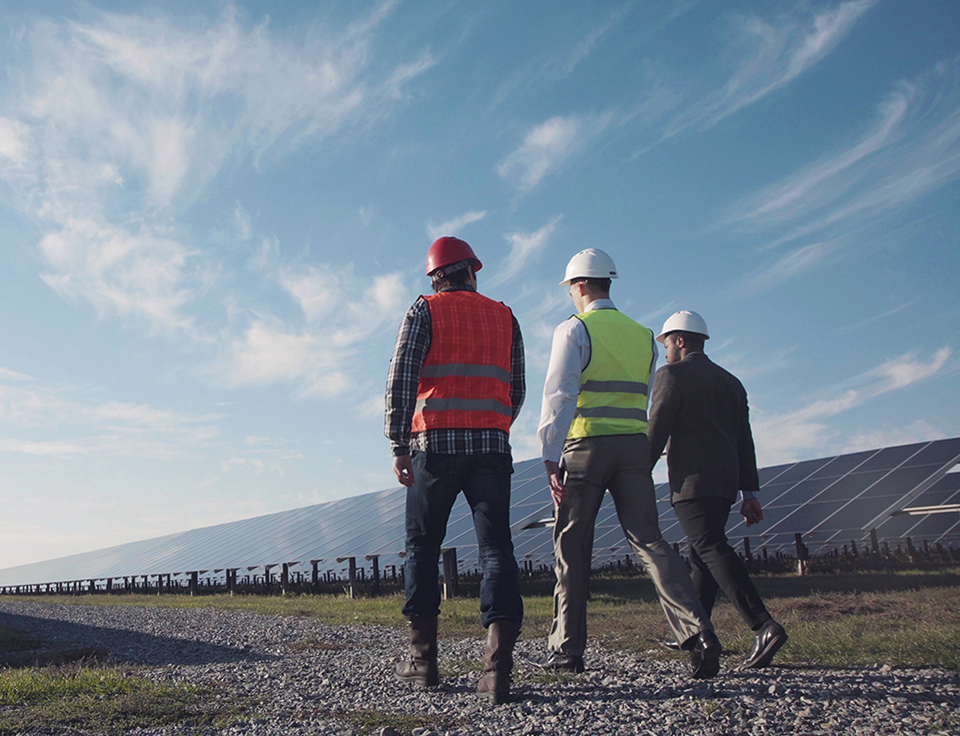
Features
Automation and Remote Monitoring: 24/7, real-time streaming from centralized control center.
Enhanced Accuracy and Efficiency: high resolution thermal and optical imagery with detailed analysis.
Improved Safety and Weather Independence: mitigate occupational hazards and eliminate delayed inspections due to weather.
Cost-Effectiveness and Scalability: minimal ongoing costs with ability to effectively expand systems offset initial investment costs.
Enhanced Data Management and Analysis: streamlined data collection, management and analysis processes using advanced AI technologies to provide reliable data and analysis.
Conclusion
Our solar and wind farms are vital in our push for greener energy and their optimal performance and longevity is crucial. The current standards of the traditional manual inspections are not cutting it. Fixed camera solutions offer reliability, efficiency, cost-effectiveness, risk mitigation, and advanced data management and analysis. This is why they are offering a promising solution that will revolutionize the ability to maintain our renewable energy sources.


